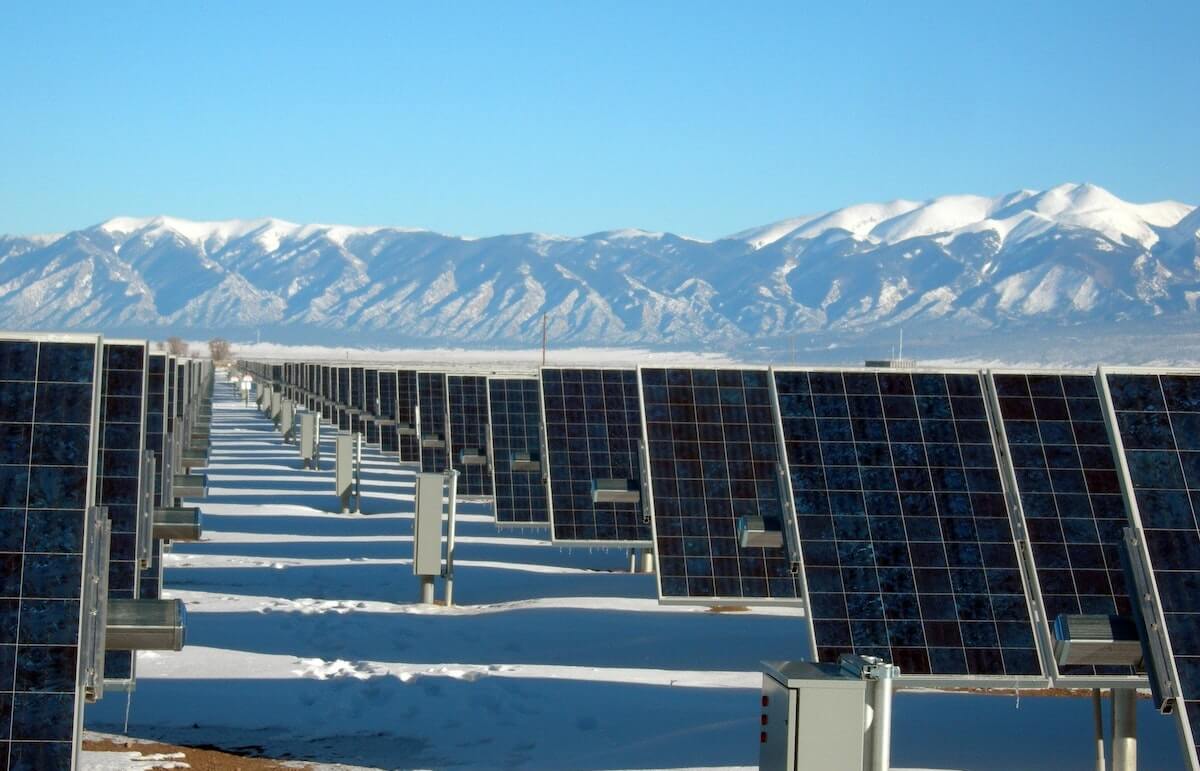
Solar Power Grants, Tax Credits, and Requirements in Utah
Solar power is becoming more popular in Utah for homes, businesses, and government buildings. This is because Utah gets a lot of sunshine, and the government offers incentives to use renewable energy. In the last ten years, more solar energy systems have been set up across Utah. With grants, tax breaks, and good rules in place, switching to solar energy is now cheaper and easier than before.
This article talks about different grants, tax breaks, and rules in Utah that can help residents and businesses use solar power. Whether you’re a homeowner thinking about installing solar panels on your roof or a business trying to save on energy bills, it’s important to know about these financial helps and rules.
Federal Incentives for Solar Power in Utah
The federal government offers important incentives to help lower the cost of installing solar systems. One of the most well-known is the Federal Solar Investment Tax Credit (ITC). This tax credit lets both homeowners and businesses take a part of their solar installation costs off their federal taxes. The ITC has played a big role in encouraging people to switch to solar energy, including in Utah.
Federal Solar Investment Tax Credit (ITC)
- Value of the Credit: As of 2023, the federal ITC provides a 30% tax credit for the cost of solar energy systems. This 30% applies to both residential and commercial systems. It was recently extended through 2032, after which it will begin to phase down.
- Eligibility: To qualify for the ITC, the solar installation must be placed in service during the tax year, and you must own the system (it cannot be leased). The credit applies to the cost of the system, including equipment and installation.
- How It Works: For example, if your solar system costs $20,000, you could be eligible for a $6,000 tax credit (30% of the system’s cost). If your federal tax liability is lower than the credit, you can roll over the remaining amount to the next tax year.
The ITC has had a massive impact on the solar industry in Utah, making solar much more affordable for homeowners and businesses alike. However, it is important to act soon, as the credit is scheduled to decrease after 2032.
State-Level Incentives in Utah
While federal incentives are crucial, Utah also offers its own state-level incentives to further support solar power adoption. These programs include tax credits, grants, and net metering policies designed to reduce the financial barriers to solar installations.
Utah Solar Tax Credit (STC)
One of the most prominent state incentives is the Utah Renewable Energy Systems Tax Credit (STC), which is sometimes referred to as the Utah Solar Tax Credit. This incentive allows Utah residents to claim a tax credit for a portion of the costs associated with installing a solar energy system. This credit may be exhausted by the time you read this.*
- Value of the Credit: The Utah Solar Tax Credit initially provided a credit of up to 25% of the total installation costs, with a cap of $2,000 per system. However, this credit has been gradually phased out. For installations completed in 2023, the maximum credit is now capped at $400, and it will no longer be available after 2023.
- Eligibility: The Utah Solar Tax Credit applies to both residential and commercial solar systems, though there are caps on the maximum credit amount. Additionally, you must own the solar system to claim the credit, similar to the federal ITC.
Rocky Mountain Power Solar Incentives
Rocky Mountain Power, the largest utility company in Utah, offers various solar incentives and rebates through its Wattsmart Program. This program is designed to encourage energy efficiency and renewable energy projects, including solar power installations.
- Wattsmart Battery Incentives: One of the most significant offerings under this program is the incentive for installing solar systems with battery storage. Customers can receive rebates for installing batteries, which help store excess solar energy for use when the sun isn’t shining. This incentive makes solar more practical for homeowners who want to maximize their energy independence and savings.
- Wattsmart Solar Rebates: While the state-level tax credits are phasing out, the Wattsmart program occasionally offers limited-time solar rebates for customers who install qualifying systems. These rebates can further reduce the cost of going solar.
Solar Grants in Utah
While tax credits help reduce the overall cost of solar systems, there are also grant opportunities available, particularly for businesses and non-profits. These grants can cover a portion of the upfront costs of installing solar panels.
USDA REAP Grant
The USDA Rural Energy for America Program (REAP) provides grants to small businesses and agricultural producers in rural areas to install renewable energy systems, including solar power. These grants can cover up to 25% of the project cost and are particularly beneficial for Utah’s rural farming communities, where solar can help reduce energy costs.
- Grant Amount: The USDA REAP grant can provide up to 25% of the total cost of the solar installation, with a maximum grant of $500,000.
- Eligibility: Eligible applicants include agricultural producers and small businesses located in rural areas. Solar installations for homes are not eligible, but rural businesses can benefit from significant savings.
Nonprofit and Government Grants
In addition to federal programs like the REAP grant, some local grants are available for non-profit organizations and government entities. These grants aim to promote renewable energy adoption and help organizations reduce their operational costs. For example, Utah Clean Energy offers various funding resources and technical assistance to help non-profits and municipalities implement solar projects.
Net Metering in Utah
Another important consideration for Utah residents going solar is net metering. This program allows homeowners and businesses to send excess solar energy back to the grid in exchange for credits on their utility bills. Net metering plays a critical role in making solar systems financially viable by allowing users to offset the cost of the electricity they consume with the energy they generate.
Changes to Utah’s Net Metering Policy
In recent years, Utah’s net metering policy has undergone significant changes. Rocky Mountain Power shifted away from a full 1-to-1 net metering credit, meaning that the compensation for excess solar power has been reduced.
- Current Policy: As of 2020, Rocky Mountain Power offers a lower rate for excess solar energy sent back to the grid, which is currently around 5-6 cents per kilowatt-hour (kWh). This is lower than the retail rate, but solar customers can still benefit from offsetting some of their energy costs.
- Impact on Solar Customers: The reduction in net metering credits has made solar slightly less attractive in terms of long-term savings, but with the help of federal and state tax incentives, solar installations remain a sound financial investment for many.
Regulatory and Installation Requirements
Before installing a solar energy system in Utah, homeowners and businesses must adhere to certain regulations and installation requirements. These regulations are designed to ensure safety, efficiency, and compatibility with the existing electrical grid.
Permitting and Inspection
Solar installations typically require permits from the local government. Depending on the jurisdiction, homeowners may need building permits, electrical permits, and even a zoning review before proceeding with installation. After installation, the system must pass an inspection to ensure it meets local codes and safety standards.
Interconnection with the Grid
For grid-tied solar systems, homeowners need to apply for interconnection with the utility provider (such as Rocky Mountain Power). The interconnection process involves a review of the solar system’s design to ensure it is compatible with the local grid. Once approved, the utility will install a bi-directional meter that tracks both the electricity you consume and the excess energy you send back to the grid under the net metering program.
Utah offers a range of solar power grants, tax credits, and regulatory frameworks designed to encourage the adoption of solar energy. While federal tax credits like the ITC continue to provide substantial financial assistance, state-level programs such as the Utah Solar Tax Credit are phasing out. However, additional incentives, such as Rocky Mountain Power’s Wattsmart program, USDA REAP grants, and net metering policies, still make solar an attractive investment.
With over 200 sunny days per year, Utah’s natural environment is ideal for solar energy. By taking advantage of the available financial incentives and navigating the regulatory requirements, Utah residents and businesses can harness the power of the sun while reducing their energy costs and contributing to a more sustainable future.




